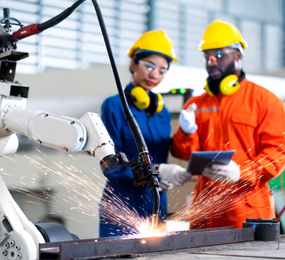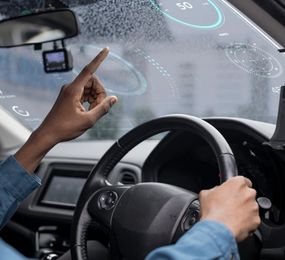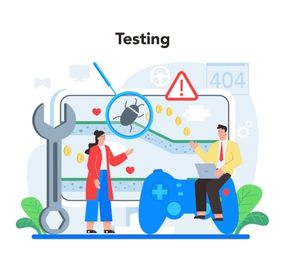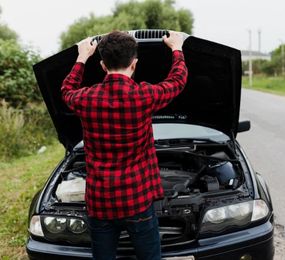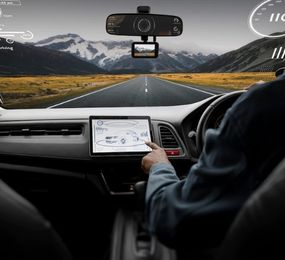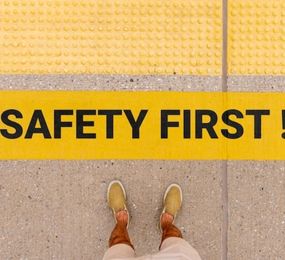The promise of autonomous vehicles lies in their potential to revolutionize transportation. However, for this vision to become a reality, ensuring the safety of these complex systems is paramount. Functional safety is the cornerstone of building trust in self-driving cars. This article delves into best practices for developing functionally safe autonomous vehicles.
Building a Strong Foundation
-
Early Integration of Functional Safety: Functional safety should be embedded into the development process from the outset, not as an afterthought. This ensures a holistic approach to safety.
-
Robust Risk Management: Identifying and mitigating potential hazards is crucial. Employing techniques like Failure Mode and Effects Analysis (FMEA) can help identify weaknesses.
-
Adherence to Standards: Compliance with functional safety standards like ISO 26262 provides a structured framework for development.
Designing for Safety
-
Safety-Oriented Architecture: Design systems with redundancy and fail-safe mechanisms to minimize the impact of potential failures.
-
Modular Design: Breaking down complex systems into smaller, manageable components can enhance safety and maintainability.
-
Hardware and Software Integration: Ensure seamless interaction between hardware and software components to prevent unexpected behavior.
Rigorous Testing and Validation
-
Comprehensive Testing: Conduct thorough testing in various conditions, including simulated and real-world environments.
-
Validation of Safety Functions: Verify that safety-critical functions operate as intended under all foreseeable scenarios.
-
Continuous Monitoring: Implement systems for continuous monitoring of vehicle performance and identifying potential issues.
Cybersecurity and Resilience
-
Protection Against Cyberattacks: Safeguard against cyber threats that could compromise vehicle safety.
-
Resilience to Attacks: Design systems to withstand cyberattacks and gracefully degrade in case of a breach.
Human-Machine Interaction
-
Clear Communication: Ensure effective communication between the vehicle and the human driver, especially during handover situations.
-
User-Centric Design: Consider the driver's needs and expectations when designing the human-machine interface.
Continuous Improvement
-
Data Analysis: Leverage data from real-world driving to identify areas for improvement and refine safety measures.
-
Over-the-Air Updates: Enable regular updates to address safety issues and enhance vehicle performance.
Building a Culture of Safety
-
Employee Training: Ensure all team members understand the importance of functional safety and are equipped with the necessary knowledge.
-
Collaboration: Foster collaboration between different departments to share safety expertise and insights.
By following these best practices, the automotive industry can significantly enhance the safety of autonomous vehicles, paving the way for a future of reliable and trustworthy self-driving technology.
Register today to secure your spot, please check here: https://bit.ly/3zH7AKk
For more information and group participation, contact us: [email protected]


